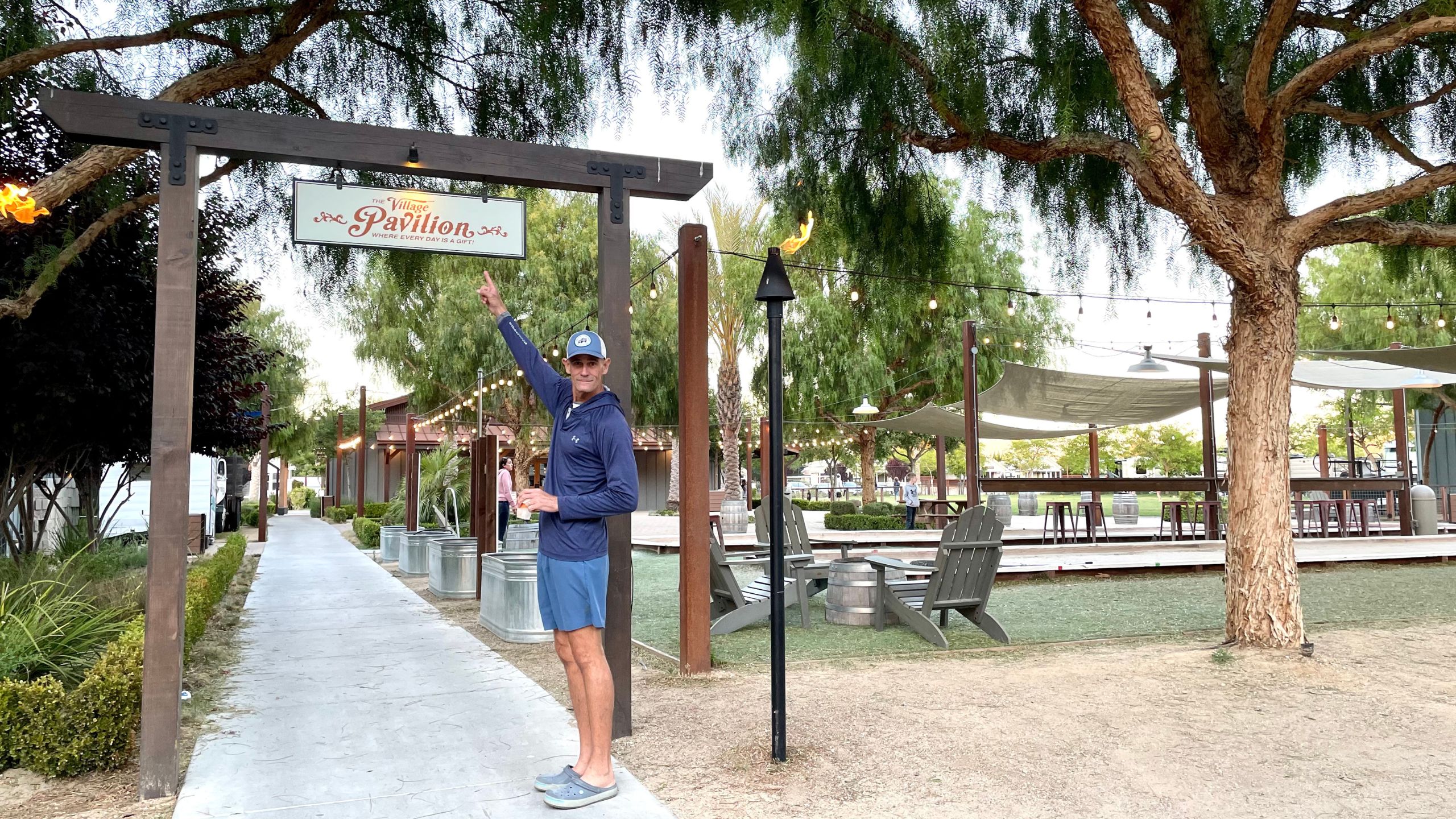
What Guests Really Remember About Your Campground Experience
When guests drive away from your campground or RV resort, they’re not thinking about the amperage of your hookups or the square footage of your sites. What sticks is the experience — how they felt while staying with you.
That experience is your most powerful marketing tool. Guests share it in reviews, talk about it with friends, and post about it on social media. Done well, it’s what turns first-time visitors into lifelong fans.
So, what do guests really remember? And more importantly, how can you design those moments intentionally? Let’s break it down.
1. The First Impression: Arrival Sets the Tone
The guest journey begins the second they pull in. A confusing check-in process or tired-looking entrance can plant doubt immediately.
📌 What guests remember:
- Was check-in easy and welcoming?
- Did signage make it simple to navigate?
- Did staff greet them with warmth and clarity?
Example: KOA properties are consistent about check-in: clear signage, friendly staff, and often small branded touches (maps, coupons, or loyalty offers). That consistency is part of their brand.
Takeaway: Arrival isn’t a transaction. It’s your chance to prove guests made the right choice.
2. Cleanliness and Care: The Non-Negotiable
Guests may forgive a smaller pool or fewer amenities. They won’t forgive dirty bathrooms or poorly maintained grounds.
📌 What guests remember:
- Restroom and shower cleanliness.
- Condition of sites and cabins.
- Attention to detail in common areas.
Example: AutoCamp maintains spotless Airstreams and perfectly styled common spaces. Even though guests are in the outdoors, the environment feels curated and intentional.
Takeaway: Cleanliness = trust. If you want repeat business, it must be non-negotiable.
3. Moments of Connection: People Make the Difference
Your staff can be your most powerful brand ambassadors. Guests remember how they were treated long after they forget which site number they stayed in.
📌 What guests remember:
- Friendly, helpful interactions with staff.
- Quick resolution of issues.
- Staff that feel aligned with the property’s personality.
Example: Getaway cabins build connection not through staff on site but through thoughtful touches — handwritten welcome notes, curated playlists, and cabin journals. Even without staff presence, the “human” element comes through.
Takeaway: Train your team to embody your brand. Every conversation is part of the guest experience.
4. Ambience and Aesthetics: How Your Property Feels
Guests notice the atmosphere you’ve created — consciously or not. Lighting, landscaping, and design all shape the memory of their stay.
📌 What guests remember:
- Unique design elements (string lights over a firepit, cozy cabin décor).
- Landscaping that feels intentional, not neglected.
- Spaces that feel photo-worthy and shareable.
Example: Under Canvas leans into design with safari-style tents, curated interiors, and communal lounges that feel high-end yet natural. The ambience is consistent and memorable.
Takeaway: You don’t need luxury design — you need intentional design. Every space should reflect your story.
5. Shared Experiences: Community Builds Loyalty
Guests may come for solitude, but community moments often become the highlights they remember.
📌 What guests remember:
- Gathering around a campfire.
- Meeting other travelers at events.
- Activities that create shared stories.
Example: Hipcamp often highlights properties that offer unique communal experiences, like farm-to-table dinners or guided stargazing. These experiences become the story guests tell when they get home.
Takeaway: Build simple ways for guests to connect — weekly BBQs, live music nights, or storytelling circles. Community creates belonging.
6. The Small Extras: Details That Delight
It’s often the little things that make the biggest impression.
📌 What guests remember:
- Welcome gifts (s’mores kits, local coffee).
- Branded keepsakes (stickers, postcards).
- Personalized touches (knowing a guest’s name or celebrating an anniversary).
Example: Getaway leaves Polaroid cameras in cabins so guests can capture memories. It’s inexpensive, but unforgettable.
Takeaway: Guests expect the basics. They remember the extras.
7. Departure and Follow-Up: How You End Matters
The last touchpoint is just as important as the first.
📌 What guests remember:
- Was checkout smooth and stress-free?
- Did the property thank them for staying?
- Did follow-up communication feel personal?
Example: Some luxury resorts send follow-up emails with personalized thank-yous and rebooking offers. KOA encourages reviews while offering loyalty rewards for the next visit.
Takeaway: Never let the guest journey fade to silence. End strong and keep the relationship alive.
Final Thought
Guests may not remember your exact site map or utility hookups. But they will remember how you made them feel — welcomed, cared for, inspired, and connected.
If you want repeat guests and glowing reviews, focus less on adding amenities and more on designing unforgettable experiences.
Cleanliness, ambience, connection, and small extras are what turn a weekend stay into a lifelong memory.👉 Want to map the moments that make your property unforgettable? Request a free Guest Experience Audit with Meet at Basecamp.



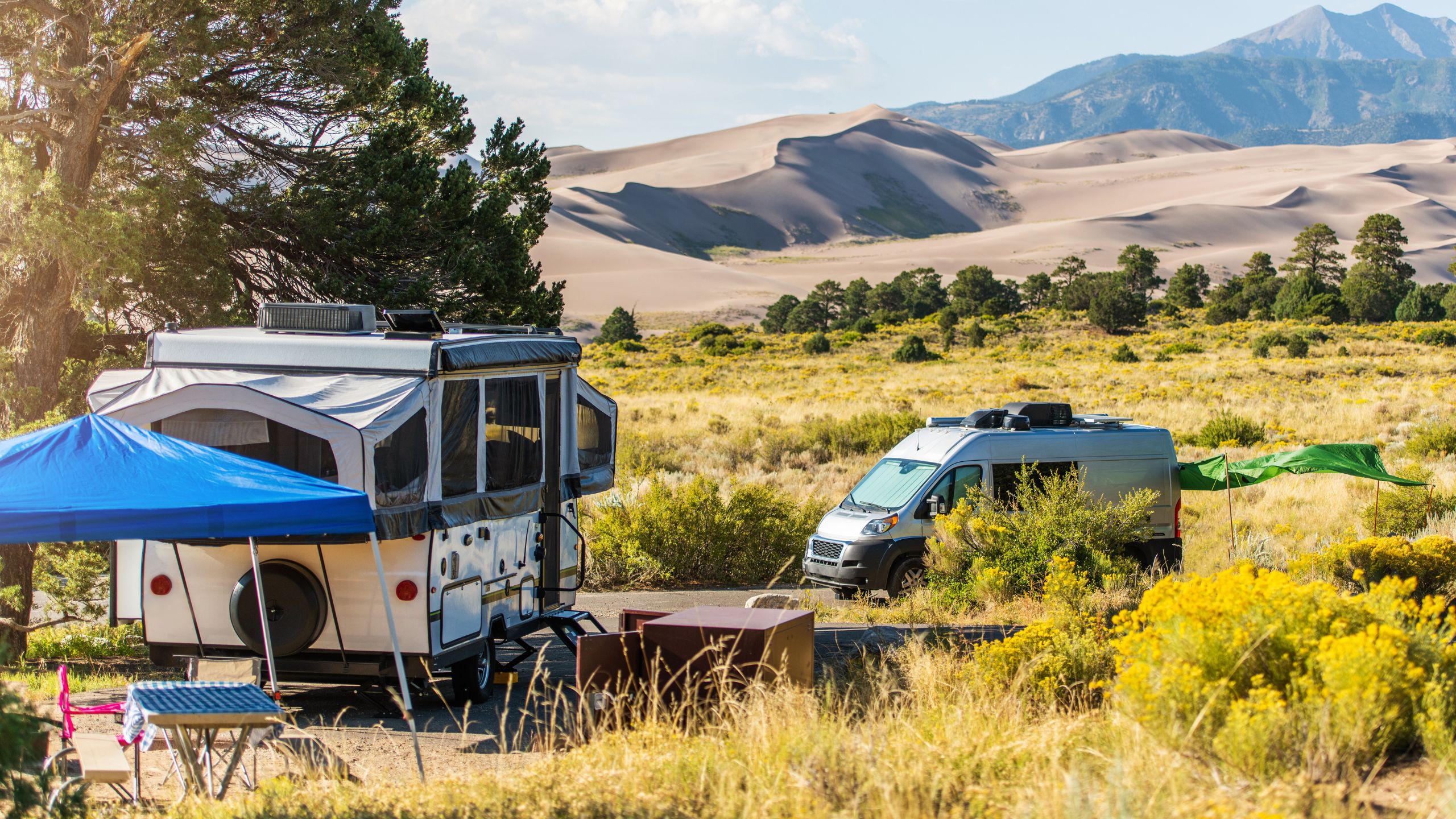
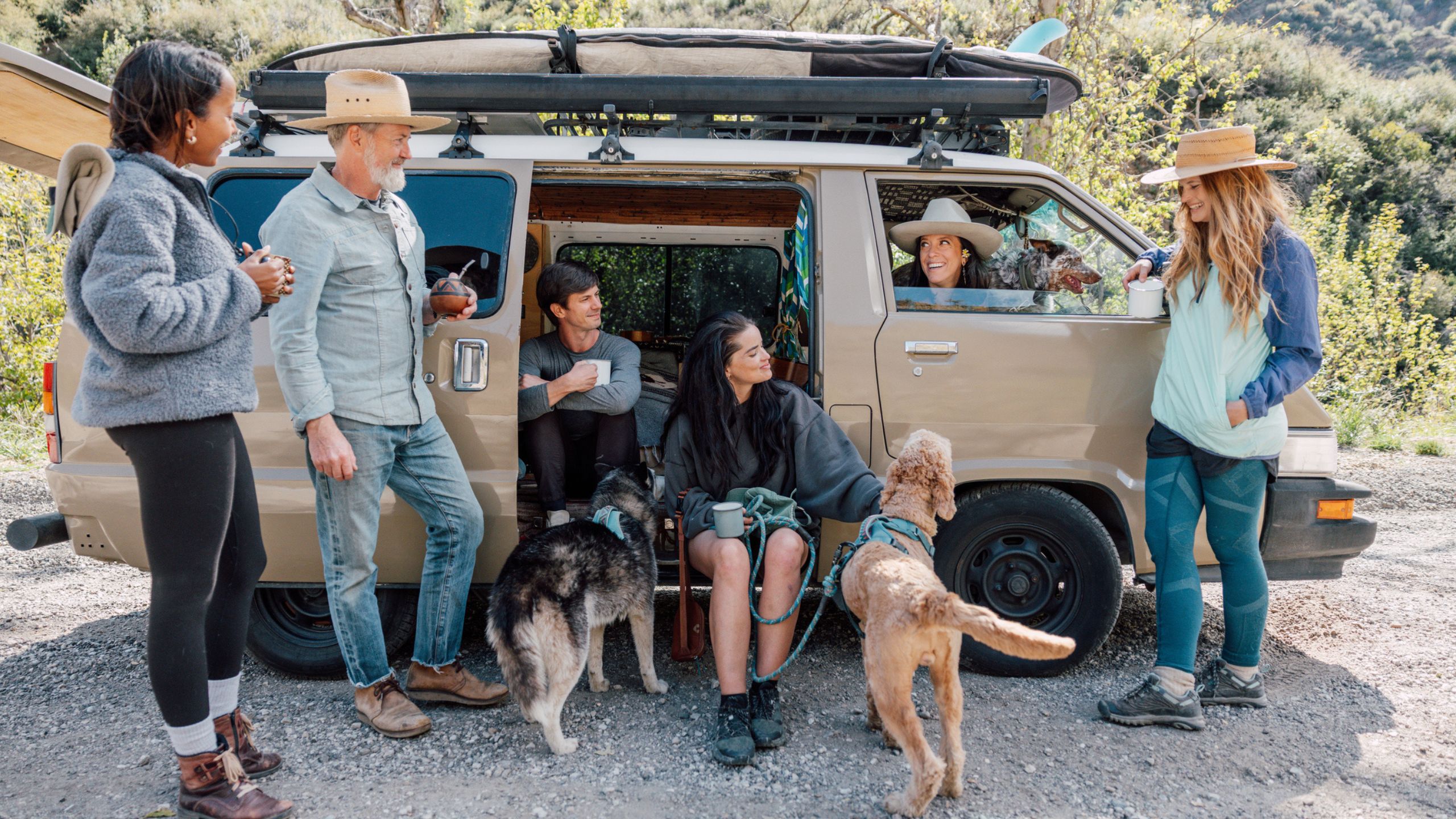
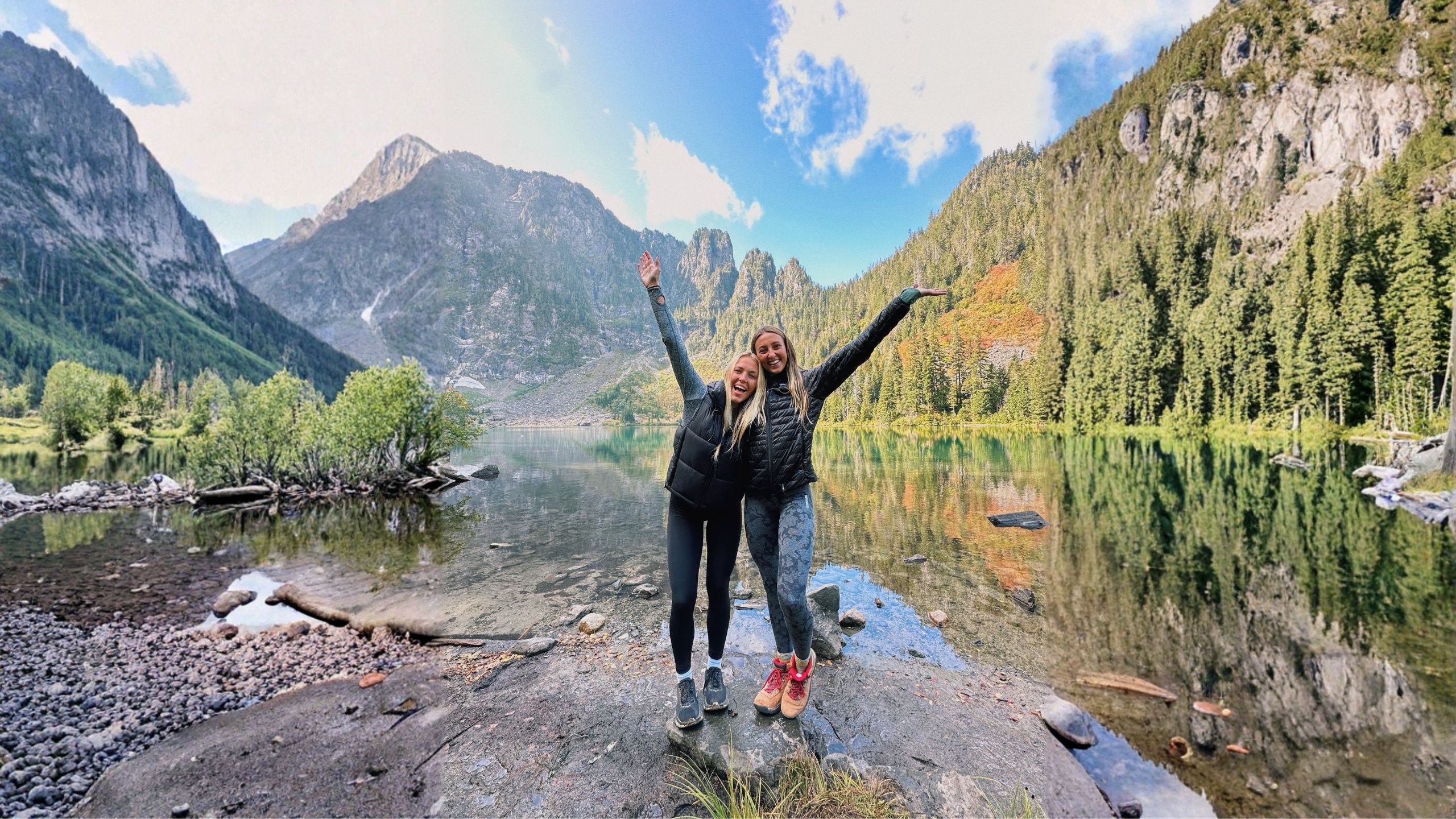
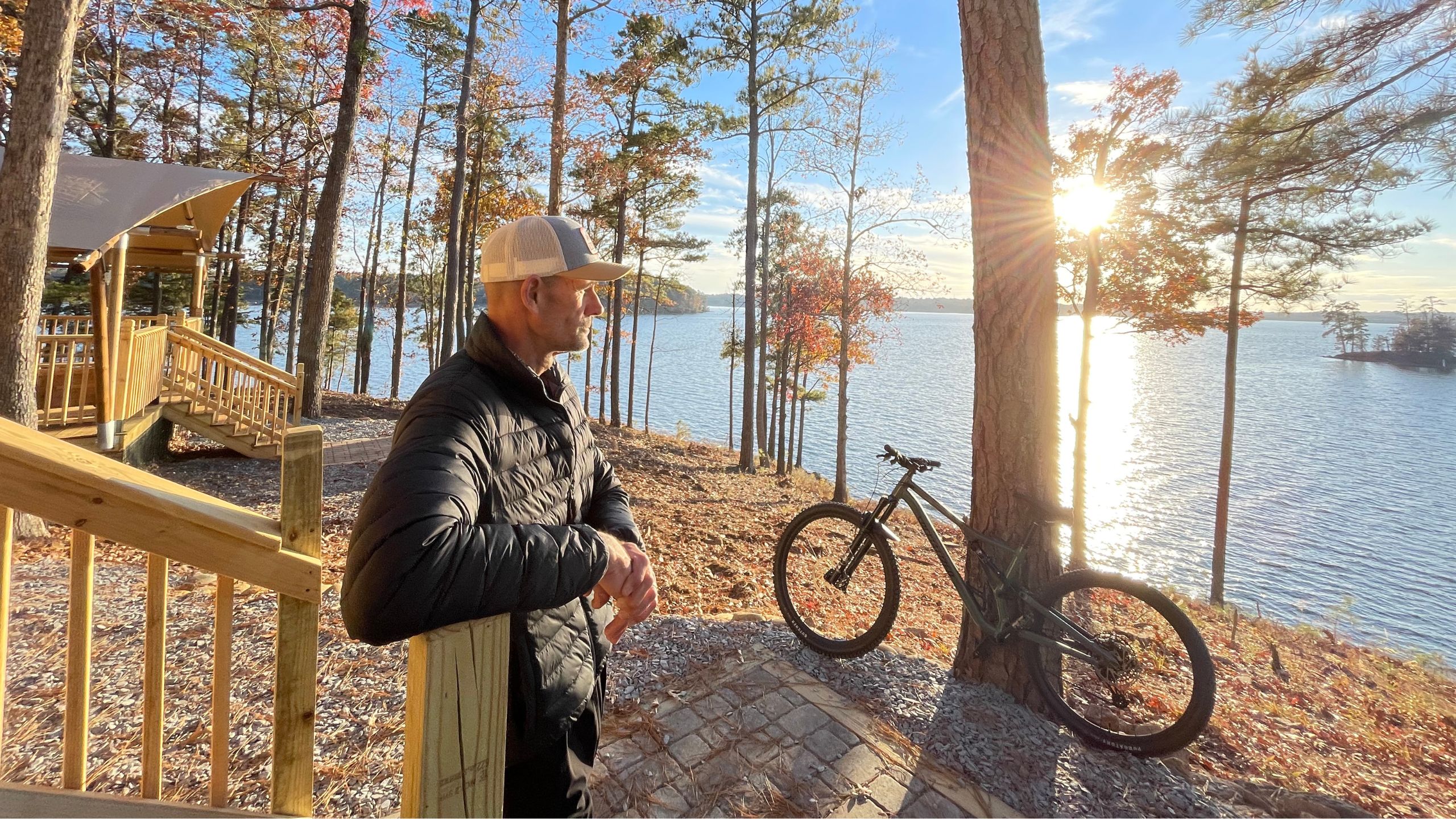
Leave a comment: